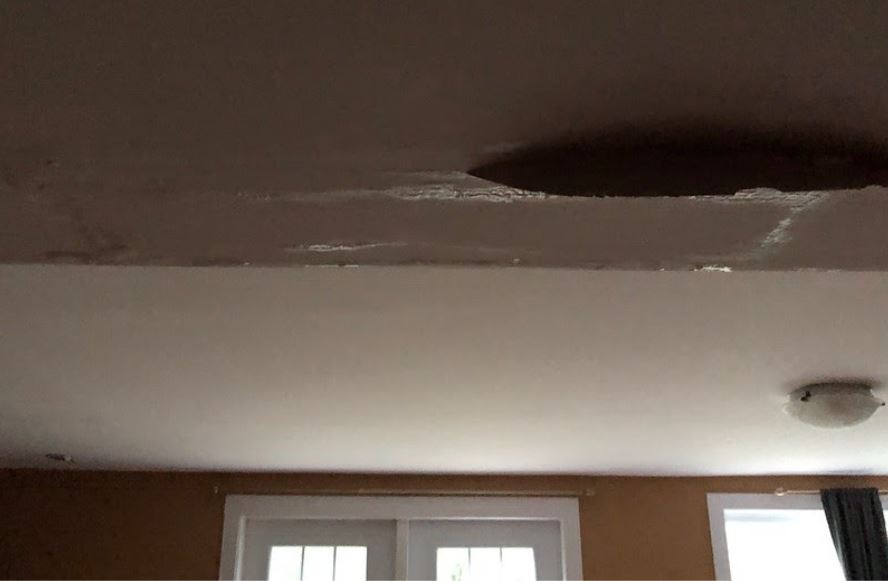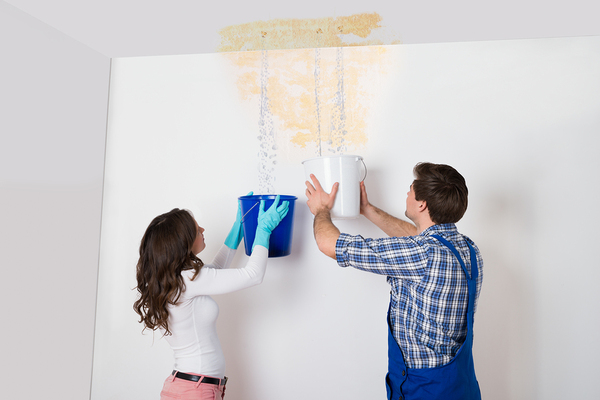Unveiling Common Sources Behind Residential Water Leak Issues
Unveiling Common Sources Behind Residential Water Leak Issues
Blog Article
This great article which follows about How Fast Water Damage Can Ruin Your Home is seriously entertaining. Don't overlook it.

Leakages not just cause waste of water however can also trigger unnecessary damages to your house and advertise unwanted organic development. By recognizing as well as looking for everyday circumstances that cause leakages, you can secure your home from future leaks as well as unneeded damage.
Encroaching roots
A lot of water leakages start outside your home rather than inside it. If you notice an abrupt decrease in water pressure, claim in your tap, take time to head out and examine your yard. You might observe damp patches or sinkholes in your yard, which may mean that tree origins are invading water lines causing water to leak out. You can have your plumber look for invasion, particularly if you have trees or shrubs near your residential or commercial property.
Corroded water systems
This might be the reason of staining or warping on your water pipelines. If our plumbing system is old, consider changing the pipelines since they are at a greater danger of rust than the newer models.
Defective Pipe Joints
The factor at which your pipelines link is frequently the weakest web link in the waterline. Pipeline joints can wear away in time, resulting in water leakages. The majority of pipe joints are not quickly visible. If you have loud pipelines that make ticking or banging noises, specifically when the warm water is activated, your pipeline joints are most likely under a great deal of stress. It is a good idea to have your plumber examine your system annually.
Instantaneous temperature adjustments.
Extreme temperature level modifications in our pipes can trigger them to broaden and also contract all of a sudden. This expansion and also contraction may trigger splits in the pipelines, specifically if the temperature are below freezing. It would be best if you kept an eye on how your plumbing works. The visibility of the formerly stated scenarios regularly shows a high danger.
Poor Water Connectors
At times, a leak can be triggered by loosened pipes and also pipes that supply your devices. In instance of a water connections leak, you might see water running directly from the supply line or pools around your home appliances.
Obstructed Drains
Blocked drains might be bothersome and inconveniencing, but they can often end up causing an overflow causing break pipelines. Keep eliminating any materials that may go down your drains pipes that might block them to avoid such hassles.
All the above are reasons for leaks but not all water leaks arise from plumbing leakages; some leakages could come from roof covering leaks. All leakages need to be repaired quickly to prevent water damages.
Leakages not only create waste of water yet can additionally trigger unneeded damage to your home and advertise unwanted natural development. By looking as well as recognizing for daily circumstances that create leakages, you can protect your house from future leaks and unnecessary damages. Today, we will certainly look at 6 leakage triggers that might be creating your pipelines to drip.
At times, a leak can be triggered by loosened hoses as well as pipes that provide your devices. In case of a water connections leakage, you may notice water running straight from the supply line or pools around your appliances.
How To Check For Water Leak In Your Home
How To Check for Leaks
The average household's leaks can account for nearly 10,000 gallons of water wasted every year and ten percent of homes have leaks that waste 90 gallons or more per day. Common types of leaks found in the home are worn toilet flappers, dripping faucets, and other leaking valves. These types of leaks are often easy to fix, requiring only a few tools and hardware that can pay for themselves in water savings. Fixing easily corrected household water leaks can save homeowners about 10 percent on their water bills.
To check for leaks in your home, you first need to determine whether you're wasting water and then identify the source of the leak. Here are some tips for finding leaks:
Take a look at your water usage during a colder month, such as January or February. If a family of four exceeds 12,000 gallons per month, there are serious leaks.
Check your water meter before and after a two-hour period when no water is being used. If the meter changes at all, you probably have a leak.
Identify toilet leaks by placing a drop of food coloring in the toilet tank. If any color shows up in the bowl after 10 minutes, you have a leak. (Be sure to flush immediately after the experiment to avoid staining the tank.)
Examine faucet gaskets and pipe fittings for any water on the outside of the pipe to check for surface leaks.
Undetected water leaks can happen without the home or business owner even realizing. If you suspect a water leak, but not able to find the source. It is time to contact a professional water leak detection service, The Leak Doctor.
How To Find a Water Leak In Your Home
https://www.leakdoctor.com/blog/How-To-Check-For-Water-Leak-In-Your-Home_AE197.html

I came across that review about How to detect water leaks in your home while doing a lookup on the web. Remember to take the opportunity to distribute this blog if you enjoyed reading it. I recognize the value of reading our article about Common Water Leaks In House.
Estimate Report this page